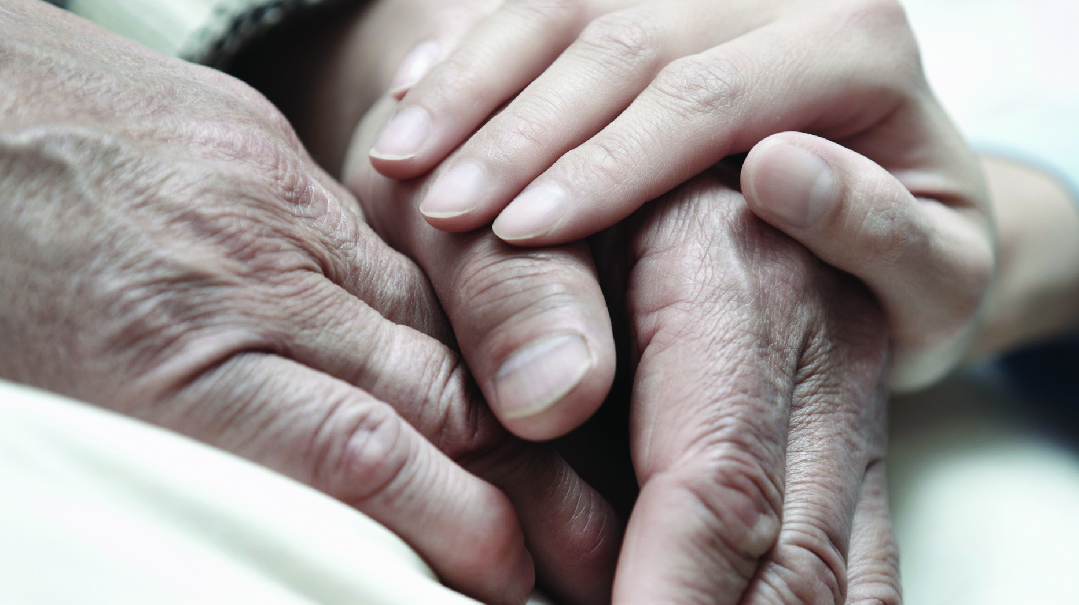Not All in My Head

My parents didn’t know what to think because the doctors insisted there was nothing wrong with me

Adrenaline rushes.
Asthma. Blood pooling. Blurred vision. Brain fog. Chest pain. Convulsive syncope. Costocondritis. Dizziness. Excessive sweating. Insomnia. Joint pain. Migraines. Muscle spasms. Nausea. Shaking. Stomach pain. Tachycardia. Temperature dysregulation. Vocal chord dysfunction.
I’m a 20-year-old girl, and the above is a partial list of the symptoms I experience regularly. My official diagnosis is hypermobile Ehlers–Danlos syndrome (hEDS) and postural orthostatic tachycardia syndrome (POTS). Having EDS basically means that my body’s connective tissue is faulty, and considering that connective tissue makes up something like 80 percent of the body, a problem in the connective tissue can cause anything from loose joints to extreme fatigue to rapid bruising. POTS is a disorder of the autonomic nervous system that causes problems with blood circulation. The form I suffer from causes my body to go into fight-or-flight mode at random, resulting in racing heart rate, light-headedness, brain fog, blurred vision, and extreme exhaustion.
Most people have never even heard of these conditions. And many doctors are not equipped to diagnose them.
I know, because my symptoms went undiagnosed for many years.
As a baby and young child, I suffered from all sorts of breathing issues: asthma, spasmodic croup, chronic bronchitis, and more. I basically outgrew these issues during childhood, but then, in eighth grade, I grew six inches in six months. And that’s when the real trouble started.
Until that point, I was a really good student, the type who could repeat back every point the teacher said or retell a speech literally word for word. Suddenly, however, my brain would start to get foggy in the middle of nowhere, and I would completely zone out for a few minutes. If this happened in class, I would find myself spacing back in only to realize that I had no idea what the teacher was talking about anymore. If it happened when I was talking to someone, I would start rambling about something tangential, then snap back into the conversation and have no recollection of what was being discussed.
At this point, I also started having all sorts of other weird symptoms, from headaches, stomachaches, and joint pain to dizziness, fatigue, shakiness, and near-fainting spells.
“Growing pains,” was my family doctor’s explanation. “Probably stress, too.”
He said that I felt my heart pounding because I was focusing on it, that my hands shook and I dropped things all over the place because I was nervous, that I was seeing stars and having breathing issues because I was hyperventilating.
“It’s all in your head, Faigy,” many people told me — including relatives, teachers and friends. They were convinced I was exaggerating, since from the outside I didn’t look sick; I alternated between looking spaced out or sleepy and looking tense and pent-up. My parents didn’t know what to think because the doctors insisted there was nothing wrong with me, but the way I was feeling and functioning belied what they were saying.
Oops! We could not locate your form.











